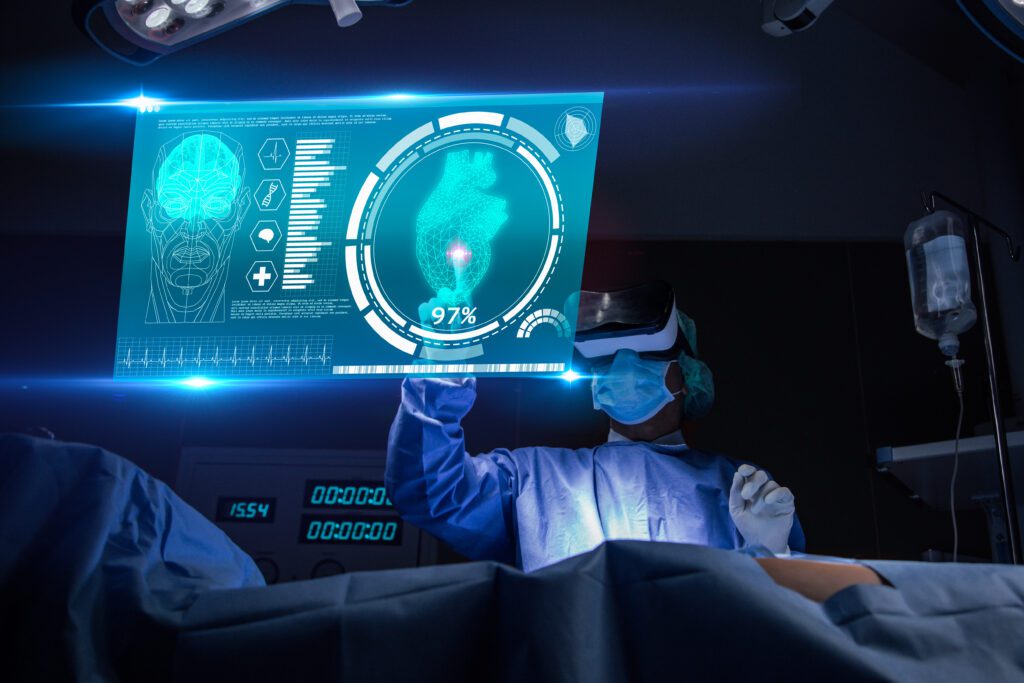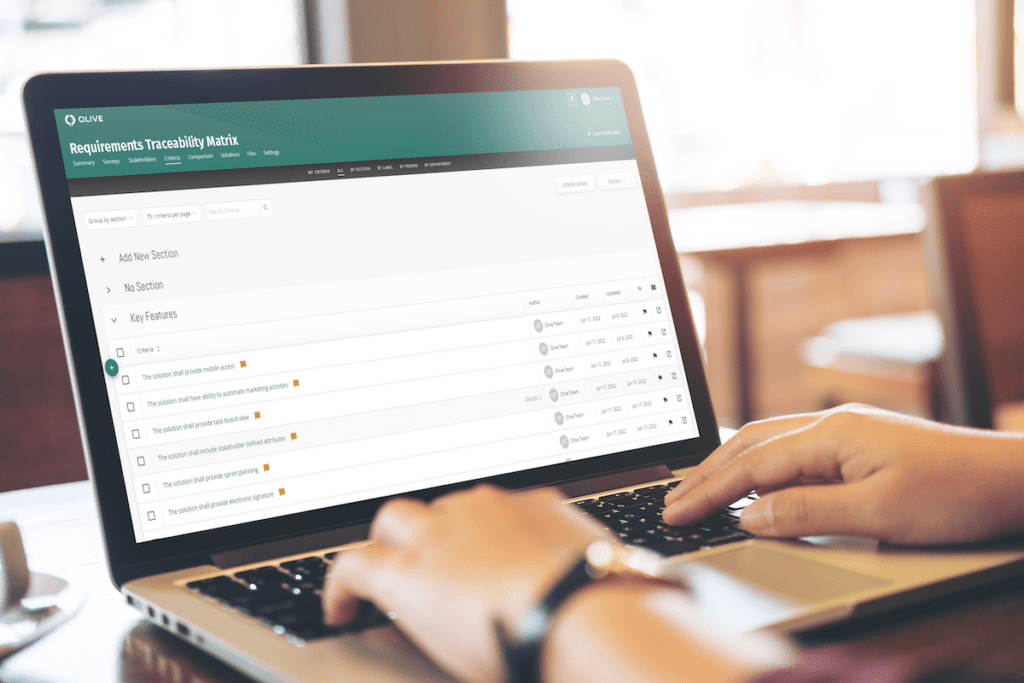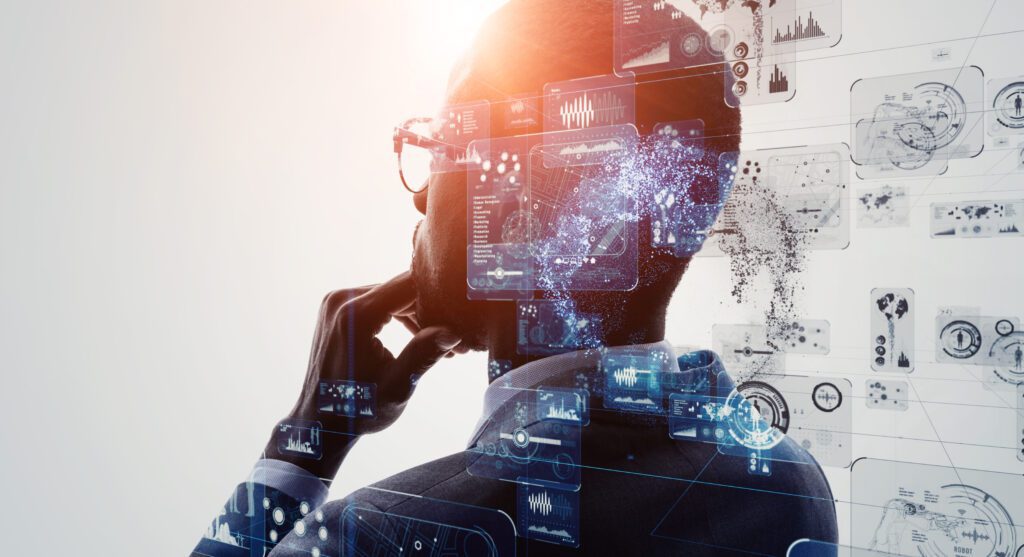In our rush to the digital age, we often suffer a touch from recency bias. There are adults who didn’t know a world without social media but only a few sectors have truly been involved in technology development since the beginning. Chief among them is healthcare.
COVID-19 has certainly been a catalyst for digital transformation. Many CIOs and tech consultants in the industry have been forced into digital transformation before they were ready. Fortunately, health technology has been innovating with astonishing regularity, which offers technology CIOs valuable learnings in bringing innovation into other industries in 2021.
If ever there was an industry that maximizes resources and adapts to the new, it is Healthcare. IT Leaders in other industries can learn a lot from recent healthcare innovation. The lessons are glaring. Efficient digital transformation has been vital, and AI is obvious across the board. The infrastructure and delivery of health care has shifted in an attempt to optimize the supply chain and support interoperability. Distances are shrunk by leveraging digital tech to enhance communications, availability of data and consultation.
Potential patients are even wearing healthcare technology now. Sleep, exercise, movement and diet are all trackable in the latest watches. From a digital transformation standpoint, healthcare is impressively in sync with their ‘market’ in a lesson to many other industries. They are meeting clients where they are in the most efficient, resource-light way.
In truth, we are experiencing our own evolution through COVID-19 as multiple industries make sweeping responses in the face of uncertainty and financial risk. Just as we see in healthcare and technology, pandemics and war tend to bring the most significant innovative leaps forward.
How can IT leaders apply these learnings? Which of your operations could be dramatically improved with an effective digital transformation?
Technology Advancements Occurred after the 1918 pandemic?
COVID-19 isn’t the first time our planet has suffered at the hands of a pandemic of course. Revolutionary change to healthcare is often born from such circumstances.
Oddly, the 1918 pandemic was coined the Spanish flu in peculiar circumstances. Spain happened to be one of the few neutral countries in World War One and were first to report the outbreak. The actual suspected origin, the United States, censored the news coverage in efforts to maintain moral. Many technological advancements were made in healthcare during this time.
The entire medical field shifted from independent doctors and hospitals to centralized and, in some cases, socialized systems. This improved data sharing and standardization of medical practices. Preventative measures exploded into action bringing sweeping changes. PPE became more widely used and even beds shifted from wood to metal for sanitary reasons. However, huge breakthroughs were made in the study and use of technology. With the effectiveness of transfusions from survivors of the pandemic, blood typing and matching improved considerably. Advanced electron microscopes were thanked for a greater understanding of swine flu.
These discoveries contributed to recreating the influenza virus in fertile chicken eggs which was a first in 1931 paving the way for growing viruses and eventually discovering Type A and B viruses. By 1937, all the advancements led to soldiers receiving the first mass produced and distributed vaccines just in time for World War 2. Pandemics and wars for all their suffering necessitate peaks of innovation.
What can CIOs Learn from Digital Transformation Leaders in Healthcare?
Patient care and our understanding of transmission have improved drastically allowing us to be more effective with our response. Strangely, it is now compliance and political affiliations causing the most harm. It hasn’t curtailed technological innovation.
Healthcare systems are continuing their digital transformation with ready-made open source strategies available. The UAE have even mapped out a 4 step roadmap for full digital immersion.
1. Modernize IT Infrastructure – Building a cloud-based digital platform connecting doctors, patients, pharmacies and insurance providers where patients can monitor their records, make appointments and automate payments (where applicable)
2. Maintain 24/7 Access – Automating data management from the medical professionals and allowing patients simplified, responsive access to their information.
3. Develop Mobile Apps – Improve accessibility to information and offices with appropriate user-friendly mobile apps for doctor-patient communication and sharing.
4. Improve Cybersecurity – Enhance security in each element of the platform.
Whether or not health networks and sectors follow their digital transformation plan, there are new trends emerging every day. Some expected, some not.
Digital Healthcare Innovation
Delivering care had to find another way having been forced by COVID-19. Unfortunately due to the spread of the virus, communities everywhere were affected and caused significant usage of hospital resources. Case numbers and prevalence turned people away for fear they would contract the illness. This meant those with chronic conditions and genuine emergencies were avoiding treatment.
In response, and to the credit of the health sector, many offices accepted virtual appointments administering prescriptions and care through video calls. This trend will continue expanding as the delivery infrastructure of healthcare changed massively. Smart offices and digital healthcare centres have become part of our expectation and it is unlikely anyone will accept their departure.
Even patients making in-person appointments are experiencing digital change. Protracted wait periods are just not viable anymore. 4 hours sitting in a waiting room always felt ridiculous but is on the cusp of being solved. Digital front doors are reducing wait times as people can no longer sit in close proximity for such a long time. Patients are now registering and receiving auto-alerts when they can be seen.
AI Identifying Location Related Health Concerns
The widely accepted shift to digital health providers has created so many benefits across the supply chain. The time cost to patients is driven down, mercifully lessening the burden. Medical professionals are also seeing efficient use of resources thanks to APIs and interoperability. Medical histories are more widely available and distance is no longer playing a factor.
Amazingly, if unsurprisingly, AI is beginning to unearth critical location based information. As digital appointments are analysed by AI, increased reporting and insight is garnered. Although in its infancy, there have been examples of AI revealing health trends and commonalities in different areas. If we are to fully embrace digital, AI will be able to detect high instances of different illnesses, potentially offering vital health advice depending on location. Having access to locational health records, while futuristic, could change where people decide to live.
What Can Cios & Consultants in Other Verticals Learn from Ligital Transformation Leaders in Healthcare?
We remain gripped in an unthinkable era of loss, disruption and innovation. COVID-19 will live long in memory as, for the overwhelming majority, a most difficult year. However, with each person, industry and sector forced to make changes, technology advances significantly. Innovation has skyrocketed.
These times harken back to the pandemic ‘Spanish’ flu of 1918 and the casualties suffered but the medical and technological advancements made. The entire method of healthcare delivery changed wildly in those times as we could no longer function as individuals in health. Prevention being better than the cure became the mantra and every step was made to get ahead of prevailing health crises.
The social distancing we know was actually one of 1918s greatest innovations. Franklin Roosevelt even mandated that new hallways be at least 3 feet apart to observe distancing back then. We are coursing through our own darkness aided by and appreciative that innovation and transformation is key to counteracting even the most dire of situations.
Our ability to digitize, automate and share means we are more informed and equipped than ever. The re-emergence of social distancing has forced us to embrace a ‘new’ digital way of carrying on with employment, reducing the financial penalty of safety. The acceptance of a new digital platform and delivery infrastructure of healthcare is a lesson to all. Innovation and adaptation offers the key to unlock many of the industry issues we are now faced with.
Olive was built to transform, shorten, and digitize the process of technology evaluations. Speeding up the process for any industry looking to make significant innovative changes. Learn more about how Olive can speed up digital transformation in any industry.





